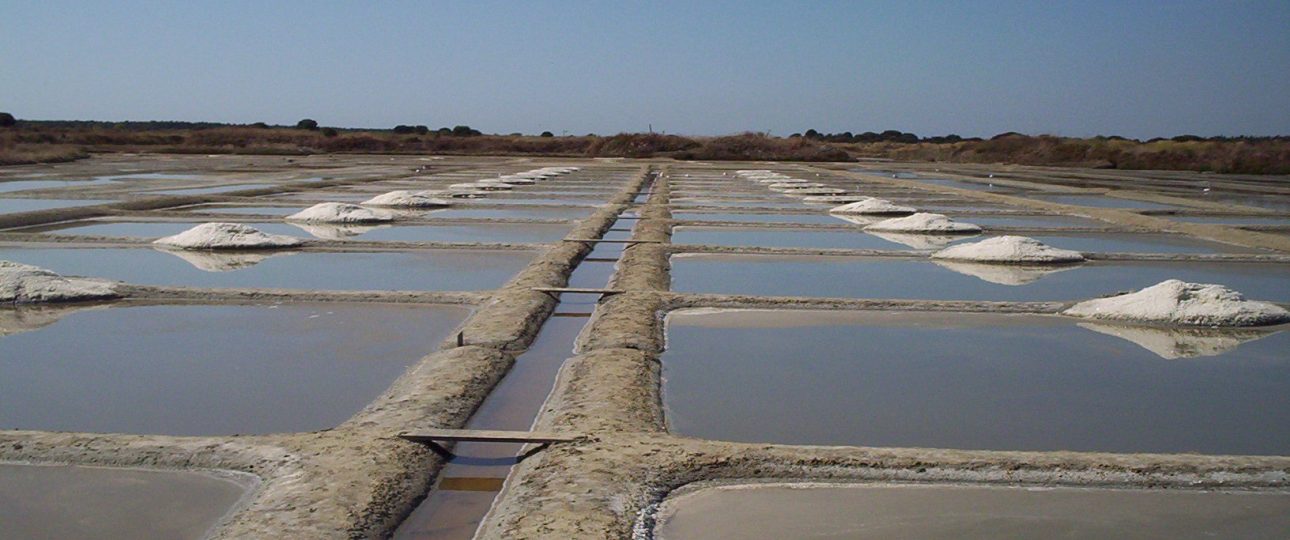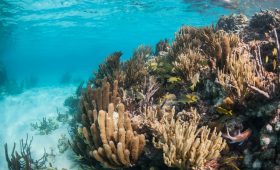Exploring the Marais Salants de Guérande
Visiting the Marais Salants de Guérande is like stepping into a living canvas painted by nature and human hands over centuries. Located in the Loire-Atlantique department of France, these salt marshes cover about 2,000 hectares and are a testament to the region’s rich history and ecological significance. The area is divided into two main zones: the Guérande salt marshes, spanning 1,650 hectares, and the Mès salt marshes, covering 350 hectares. Both are fed by the Atlantic Ocean through intricate networks of channels known as “étiers.”
The Art of Salt Harvesting
The traditional method of salt harvesting here is a fascinating process that has remained largely unchanged since the Middle Ages. Local salt workers, or “paludiers,” manage the water levels in various basins to harvest the renowned Guérande salt. During high tides, they open sluices to fill the initial basin, called the “vasière,” with seawater. This water then travels through a series of evaporation ponds, gradually increasing in salinity until it reaches the final crystallization ponds, known as “œillets,” where the salt is collected.
With a salt concentration of 25 grams per liter, the Atlantic water undergoes natural evaporation, aided by the sun and wind, until it reaches a concentration of 280 grams per liter in the œillets. This meticulous process results in high-quality culinary salt, free from additives, that is highly prized by chefs and food enthusiasts alike.
Ecological and Cultural Significance
The Marais Salants de Guérande is not just about salt. It’s a vibrant ecosystem protected for its ecological value. Birdwatchers will find it a paradise, with species like the avocet, black-winged stilt, redshank, grey heron, and little egret making their home here. Whether you’re exploring with a naturalist guide or on your own with binoculars, the diversity of birdlife is a highlight.
Beyond its natural beauty, the site is a cultural treasure. The salt marshes have been recognized as a “Site remarquable du Goût,” celebrating their contribution to the region’s culinary heritage. Visitors can learn more about the history and techniques of salt production at Terre de Sel and the Maison des Paludiers in Guérande, as well as the Musée des Marais Salants in Batz-sur-Mer.
Visiting Tips
The best time to visit is from June to September when the weather is warm and the salt harvesting is in full swing. However, it’s essential to respect this sensitive environment. The paths through the marshes are narrow, and during the summer, they’re busy with agricultural vehicles transporting salt. Stick to marked trails for safety, especially if you’re cycling.
For those arriving by air, Nantes Atlantique Airport is the nearest, about 80 kilometers away. From there, renting a car or taking a taxi to Guérande is convenient. Alternatively, you can take a train from Paris to Le Croisic, followed by a short bus ride to Guérande.
Getting Around
Once in Guérande, exploring the salt marshes is best done on foot or by bicycle. The town center offers easy access to the marshes, and several rental shops provide bicycles for an eco-friendly way to explore. Guided tours are available and highly recommended for a deeper understanding of the area’s history and ecology.
While the Marais Salants de Guérande offers a unique and enriching experience, it’s worth noting that the area can be crowded during peak tourist season. Planning your visit during less busy times or early in the day can enhance your experience.




